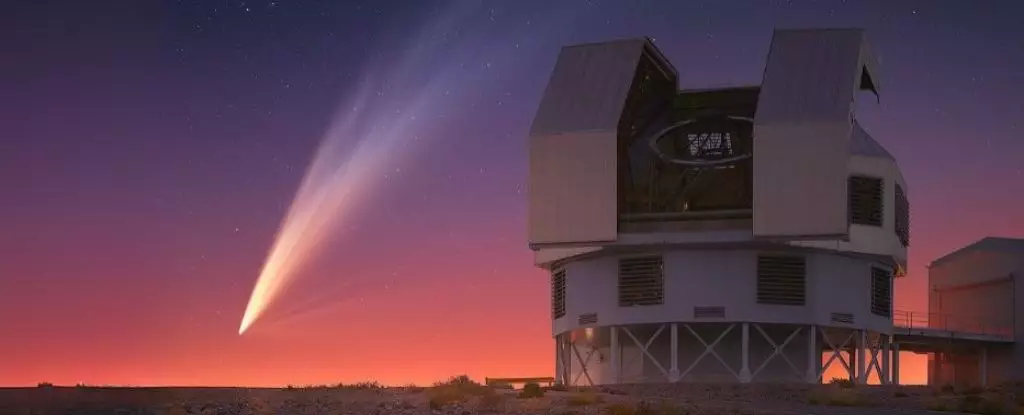Comets have a unique place in the hearts of astronomers and stargazers alike. Their unpredictable nature, long orbits, and stunning tails create a sense of wonder that is hard to replicate. Among the recent notable comets is Comet C/2024 G3 ATLAS, which captured the attention of many when it was discovered in late April 2024. This article delves into the story of C/2024 G3 ATLAS, exploring its discovery, behavior near the sun, and the lessons learned about these celestial wanderers.
On April 25, 2024, the ATLAS survey team had their cameras trained on the night sky when they stumbled across what would soon become Comet C/2024 G3 ATLAS. Named after its discovery program, the Asteroid Terrestrial-impact Last Alert System, this comet was expected to make a notable appearance due to its trajectory, which brought it perilously close to the sun around January 2025. However, as is often the case with comets, excitement is tempered with caution; comets often vary in brightness and visibility, leading to speculation about their actual performance.
Comet G3 ATLAS was set to reach its perihelion—a point in its orbit closest to the sun—on January 13, 2025. As the comet approached, early observations indicated promise, with the potential for impressive visibility. However, this journey is fraught with risks, exemplified by historic events where comets like C/2012 S1 ISON met with catastrophic disintegration or unexpected brightness. G3 ATLAS was no exception, racing into the grasp of the sun with an element of unknown.
Captured by the SOHO spacecraft’s LASCO C3 imager, Comet G3 ATLAS soared to a brightness of around -3.8 magnitude, making it the most luminous comet observed since P1 McNaught in 2007. Imagery of the comet started trickling in from various amateur astronomers and astrophotographers, highlighting the stunning dust tail that unfurled from this celestial wanderer, though much of the excitement revolved around promising sightings from southern latitudes.
Despite its impressive brightness, G3 ATLAS became somewhat of a fallacy for northern hemisphere skywatchers. Its visibility window was brief—running from January 8th to January 15th— effectively rendering it a rare gem for southern observers. This common trend casts a shadow over northern inhabitants’ hopes every time a comet emerges. The phenomenon is not fully understood, but it appears that the universe may have a penchant for showering southern hemisphere viewers with stunning celestial displays.
For those located in the northern skies, the experience of G3 ATLAS was bittersweet. Although some skilled astrophotographers did capture images of the comet’s dusty tail, the vast majority of North America experienced a show that left them yearning for more.
As the comet continued to journey away from perihelion, signs of struggle soon emerged. By January 18, an unsettling observation revealed that the nucleus of G3 ATLAS seemed to be degenerating, leading to its ominous title: the ‘headless comet.’ What was once a striking sight began to fade, with the luminous tail remaining as a ghostly reminder of its former glory. The tail, now characterized by a remarkable striped appearance, showcased the unique and transient beauty of this comet, even as its core was deteriorating.
G3 ATLAS now sits at a +5 magnitude in the constellation Piscis Austrinus, its fate uncertain as it traverses a 160,000-year inbound orbit. Estimates suggest it will embark on a 600,000-year outbound journey, leading to potential fragments that could grace our skies once more, so many millennia from now.
The journey of Comet C/2024 G3 ATLAS teaches us about the dynamics and unpredictability of these celestial bodies. Each comet embodies a unique story, filled with possibilities, uncertainties, and transient beauty. As we move forward into the coming years, astronomers and enthusiasts alike remain vigilant, ready to embrace the next comet that traverses our solar system, carrying with it the promise of wonder and awe. Whether we find ourselves in the southern or northern hemisphere, the brilliance of these celestial mysteries will always leave us yearning for more.


Leave a Reply